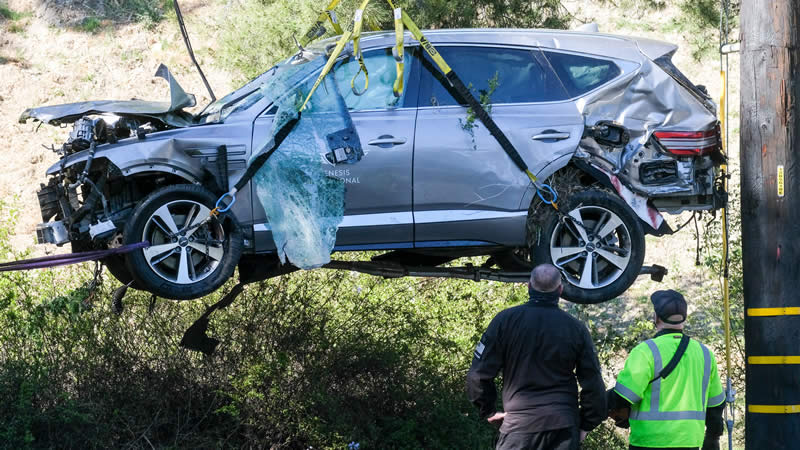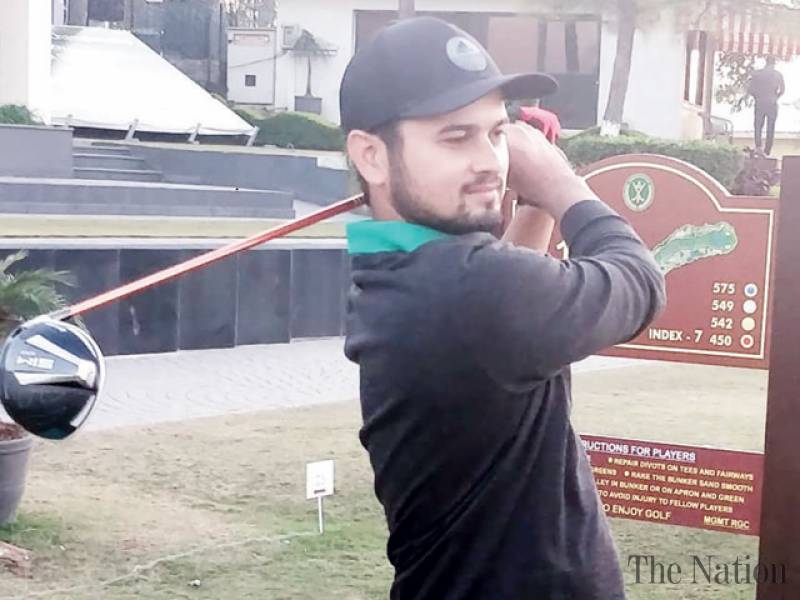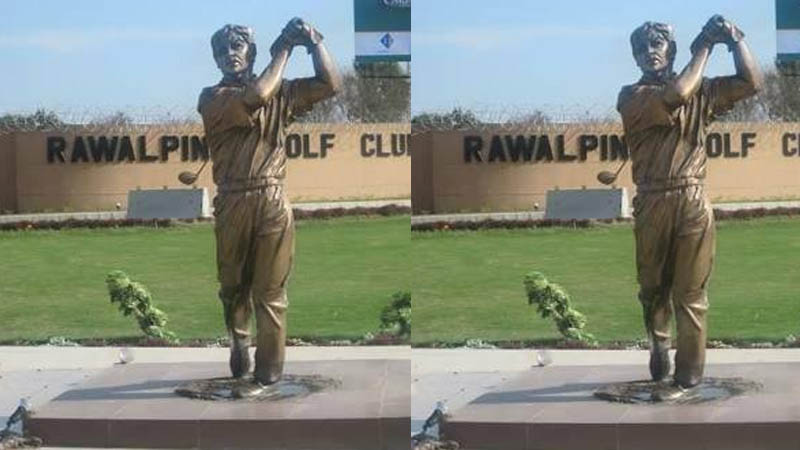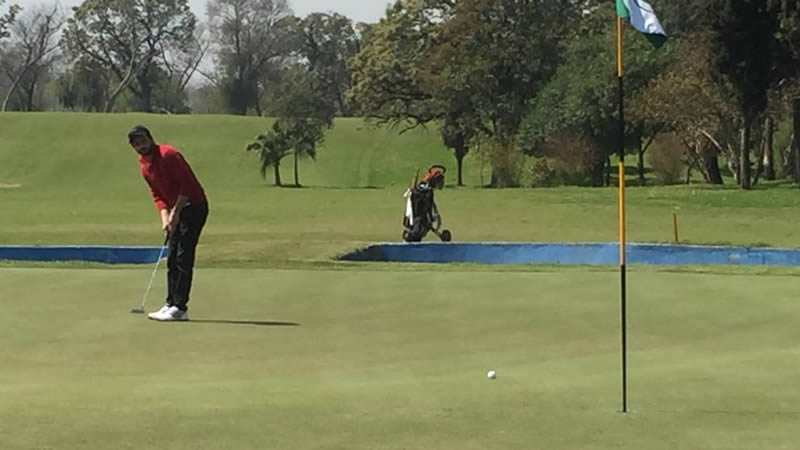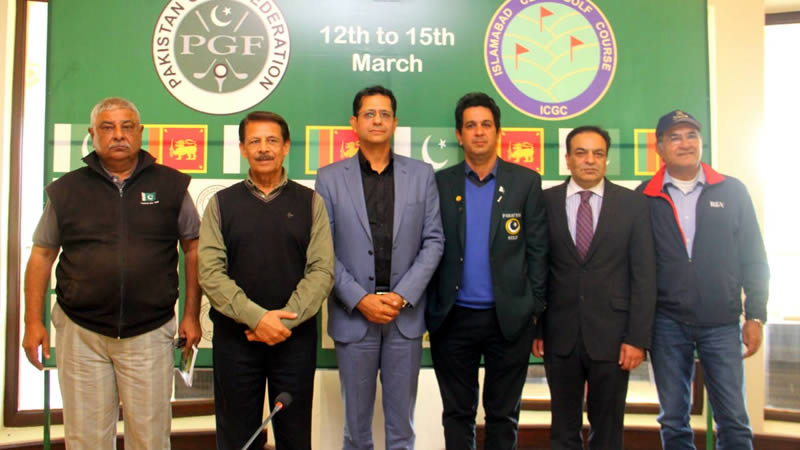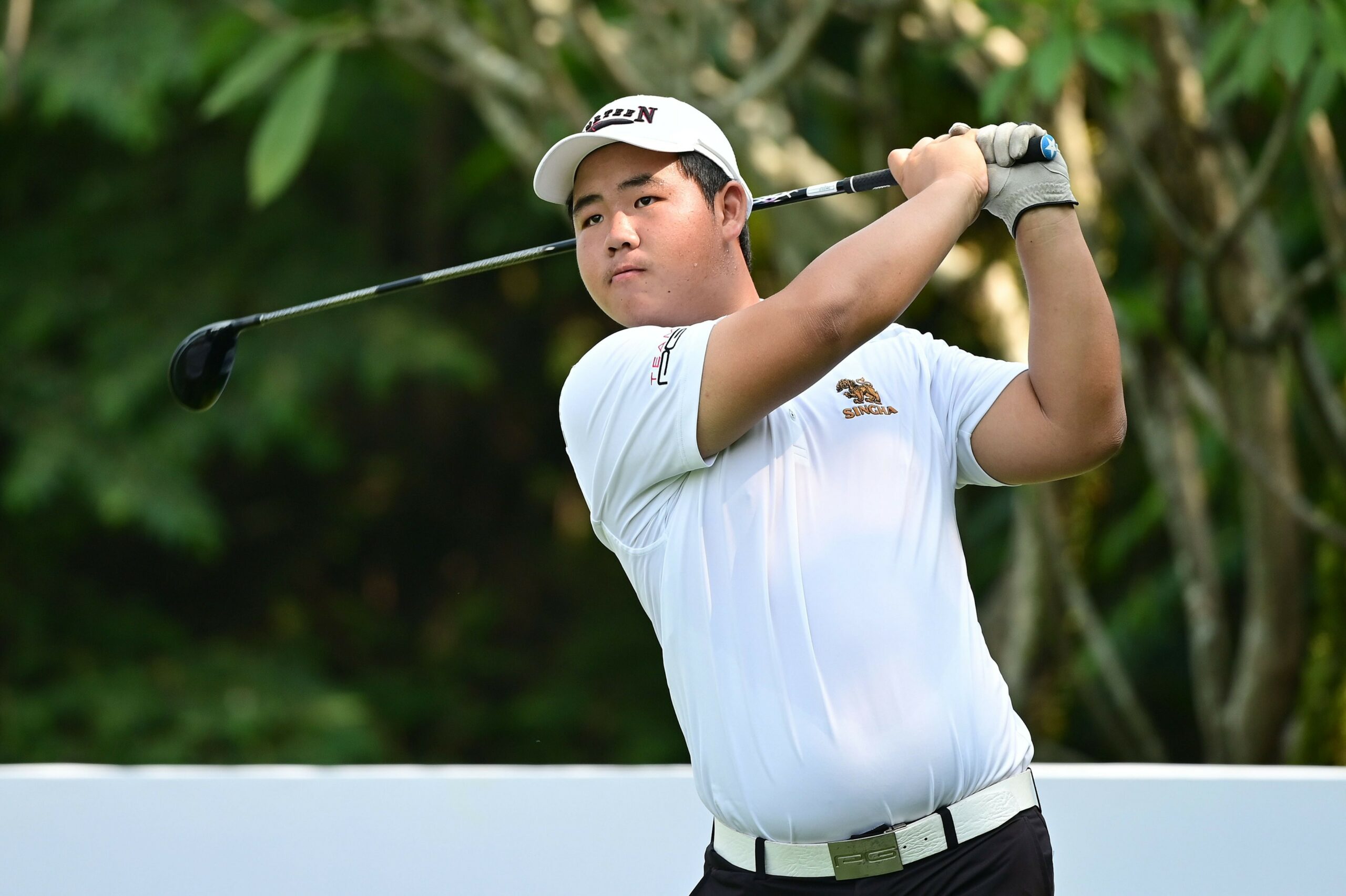 Sportsmen and sportswomen are skilled entertainers, and there’s nothing wrong with that; they bring us joy, and by their derring-do fashion a time machine that takes us back to times when we were younger and more innocent and lived for play, not work.But every so often a sports personality comes along who does more than entertain, and the Spanish golfer Seve Ballesteros, who has died, aged just 54, after a long battle with cancer, was one of them. Five major championships attest to his place in the golf pantheon, and so does the way in which – as part of a talented cohort, to be sure – he kicked European golf into parity with the American game, inspiring two generations of European players, turning the Ryder Cup between Europe and the US into golf’s most avidly awaited bi-yearly weekend. But there was more to him than that.
Sportsmen and sportswomen are skilled entertainers, and there’s nothing wrong with that; they bring us joy, and by their derring-do fashion a time machine that takes us back to times when we were younger and more innocent and lived for play, not work.But every so often a sports personality comes along who does more than entertain, and the Spanish golfer Seve Ballesteros, who has died, aged just 54, after a long battle with cancer, was one of them. Five major championships attest to his place in the golf pantheon, and so does the way in which – as part of a talented cohort, to be sure – he kicked European golf into parity with the American game, inspiring two generations of European players, turning the Ryder Cup between Europe and the US into golf’s most avidly awaited bi-yearly weekend. But there was more to him than that.
First, there was the fact that he was Spanish. There had been great Spanish sportsmen before him, of course, terrific footballers (though Spain always underperformed in international championships until it won the World Cup last year) and tennis stars like the sublime magician of geometry, Manuel Santana. But for me, Seve somehow epitomized the way in which Spain, which had been inward-looking and stunted in the Franco years, started self-confidently strutting its stuff on the world stage after the dictator died. He was the first of the remarkable post-Franco generation – artists, actors, film directors, chefs – who have restored their nation to the position of cultural prominence it deserves.Such high-flown thoughts, of course, are not why golf fans remember Seve with an affection granted to few sports stars.
It’s been wonderful reading the appreciations of him from American stars like Phil Mickelson, because Seve didn’t play an American game at all. Too many young Americans are brought up to play target golf, a game that lives in the air. You bang a drive as far as you can onto a billiard-table-smooth fairway, play a wedge to behind the hole, spin it back, and two-putt. That’s it; it’s all an attempt (doomed, actually) to make golf predictable. Seve’s game, by contrast, was improvised – it had to be, given where his shots sometimes landed – and was played on the ground as much as in the air, running the ball through impossible gaps and over random humps into the hole.But all that improvised skill would have meant nothing if it was not allied to power. In 1985, I followed Seve around Royal Wentworth at the world match play championship for a couple of rounds. He wasn’t a giant; but I have this memory of him, standing on the tee, as a coiled spring made flesh. Then he pressed some switch, pulled the club away into his backswing, and unleashed a force that made – I remember this quite distinctly – the women watching gasp.Actually, the men too. I’ve seen few things more thrilling. Seve, thanks for the memories. – Yahoonews



